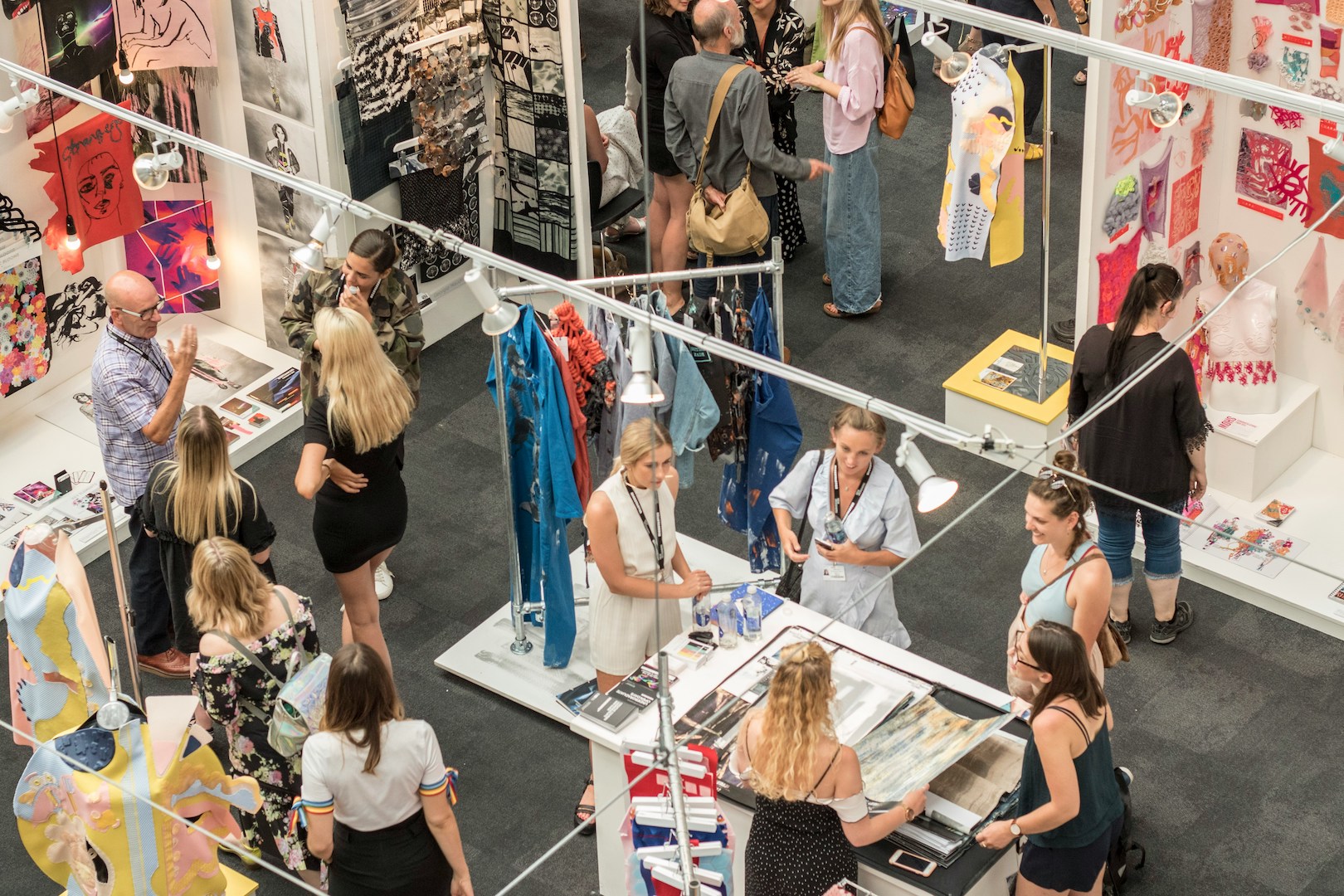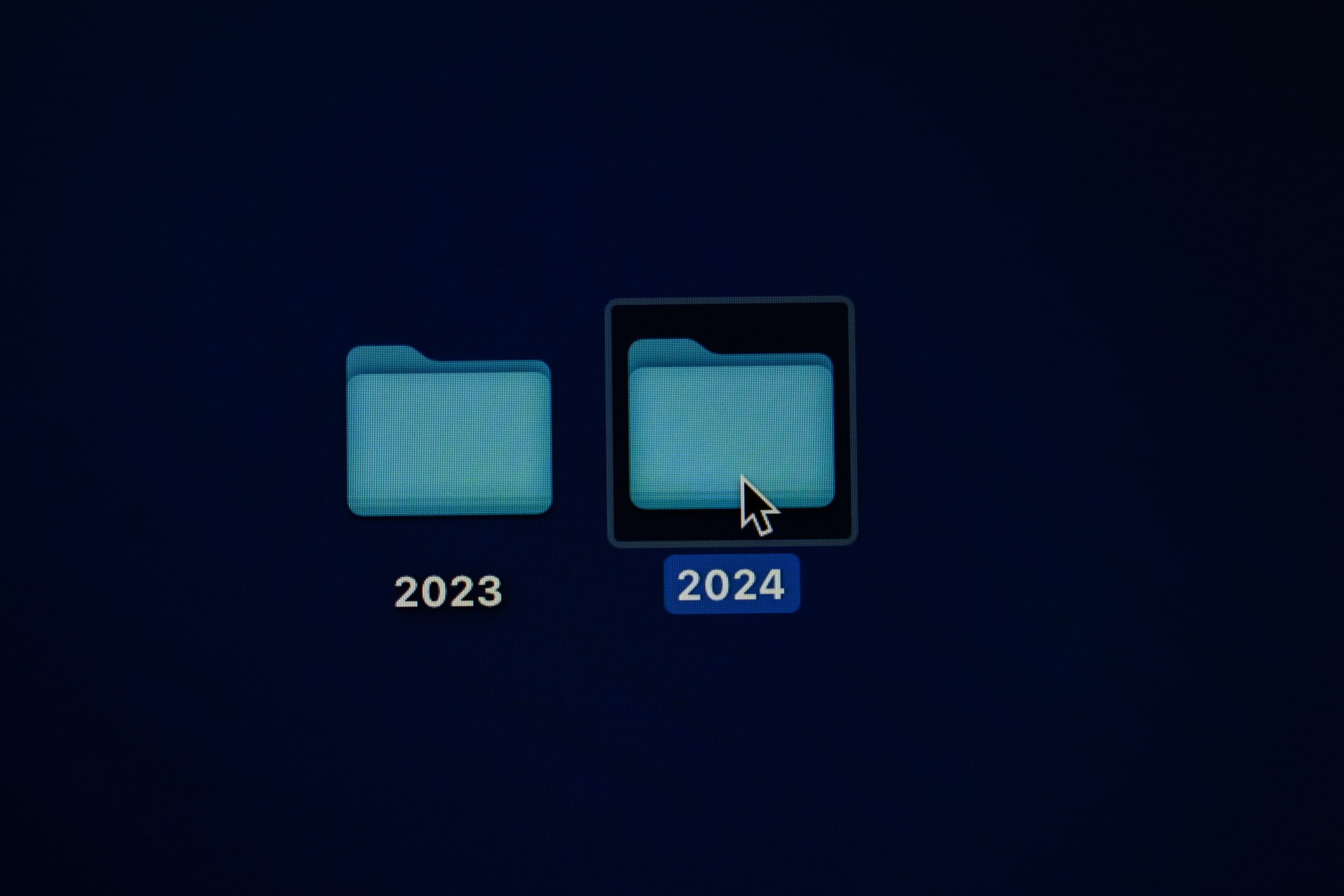In the ever-evolving landscape of marketing, businesses are constantly seeking innovative ways to engage with their target audience. One powerful strategy gaining momentum is the strategic placement of marketing events in high-traffic areas. This approach ensures maximum visibility, heightened brand exposure, and increased chances of meaningful interactions. In this article, we will explore five key points highlighting the significance of strategically locating marketing events in bustling locales.
1. Capitalizing on Foot Traffic:
High-traffic areas, whether in urban centers, shopping districts, or popular event venues, attract a constant stream of pedestrians. By strategically placing marketing events in these locations, businesses can capitalize on the existing foot traffic, exposing their brand to a diverse audience. The sheer volume of people passing through increases the chances of reaching potential customers who may not have otherwise encountered the brand.
For example, setting up a promotional booth during a busy street festival or near a popular shopping mall entrance can lead to a significant uptick in brand visibility. This approach leverages the principle of being where the target audience already is, making it easier to make a memorable impression.
2. Enhancing Brand Awareness:
Strategically located marketing events contribute to heightened brand awareness by placing the brand in the forefront of consumers’ minds. Whether it’s a pop-up shop, product launch, or promotional activity, being present in high-traffic areas creates a memorable brand experience. The constant exposure to the brand message fosters recognition and establishes a stronger connection with the audience.
Consider a mobile coffee company setting up a pop-up coffee stand at a busy commuter station. Commuters rushing to catch their trains are likely to appreciate the convenience of a quick coffee fix, associating the brand with a positive and timely experience. This not only boosts immediate sales but also leaves a lasting impression that extends beyond the event.
3. Targeting a Diverse Audience:
High-traffic areas are often melting pots of diversity, attracting people from various demographics and backgrounds. This diversity presents a unique opportunity for businesses to connect with a broad audience and tailor their marketing efforts to suit different consumer segments. Whether it’s through interactive displays, sampling, or live demonstrations, strategically located events allow brands to engage with a wide array of potential customers.
For instance, a tech company unveiling a new gadget may choose a high-traffic electronics store for its launch event. This ensures exposure to tech enthusiasts, casual shoppers, and professionals seeking the latest innovations. By understanding the diverse nature of the audience in high-traffic areas, businesses can craft more inclusive and impactful marketing strategies.
4. Creating Buzz and FOMO:
The strategic placement of marketing events in high-traffic areas naturally generates buzz and a fear of missing out (FOMO) among consumers. When people see a bustling event, they are curious to know what’s happening and are more likely to join in. This sense of excitement and exclusivity can be leveraged by businesses to create a sense of urgency and anticipation around their products or services.
Imagine a clothing brand hosting a flash fashion show in a busy city square. The spectacle attracts the attention of passersby, prompting them to stop and witness the unfolding event. The combination of live experiences and social media coverage amplifies the FOMO effect, encouraging more people to engage with the brand both online and offline.
5. Leveraging Proximity Marketing:
Strategically located marketing events open up opportunities for proximity marketing strategies. With advancements in technology, businesses can use geolocation and beacon technology to send targeted promotions, discounts, or messages to consumers’ mobile devices when they are in close proximity to the event.
For example, a restaurant hosting a food tasting event in a popular food district can send exclusive offers to individuals within a certain radius. This real-time engagement enhances the overall customer experience and encourages immediate participation, driving foot traffic to the event.
In conclusion, the strategic placement of marketing events in high-traffic areas is a potent tool for businesses looking to make a significant impact on their target audience. By capitalizing on foot traffic, enhancing brand awareness, targeting diverse audiences, creating buzz, and leveraging proximity marketing, brands can maximize their reach and create memorable experiences that resonate with consumers. As the marketing landscape continues to evolve, the importance of strategic location in driving successful campaigns remains undeniable.

